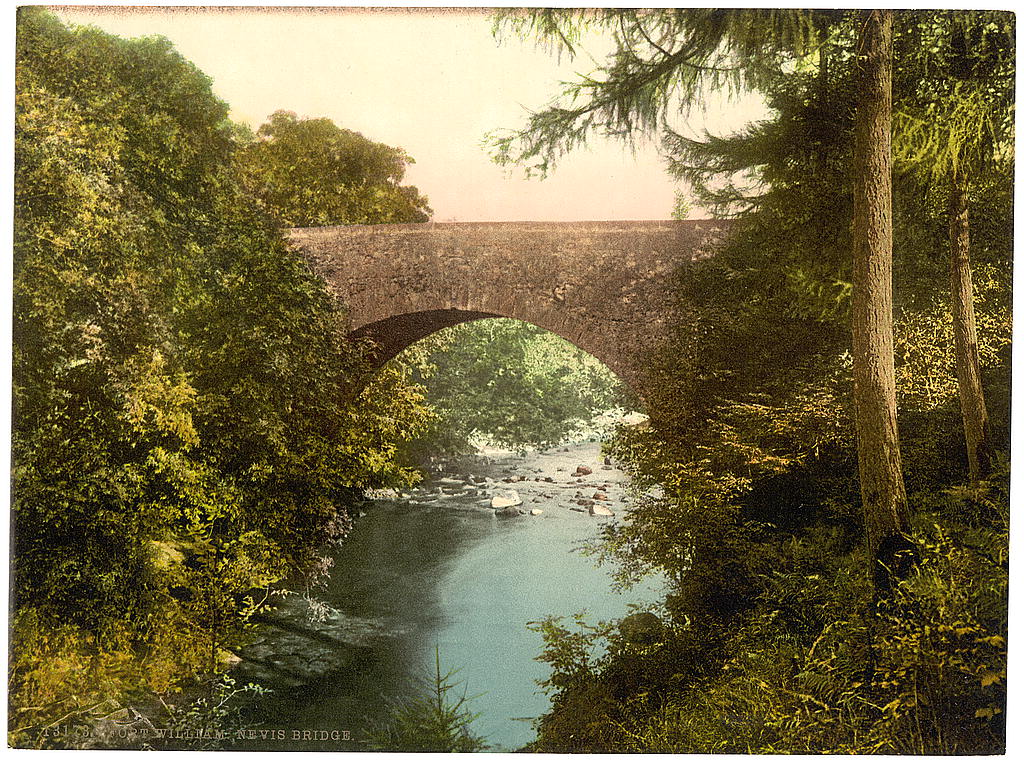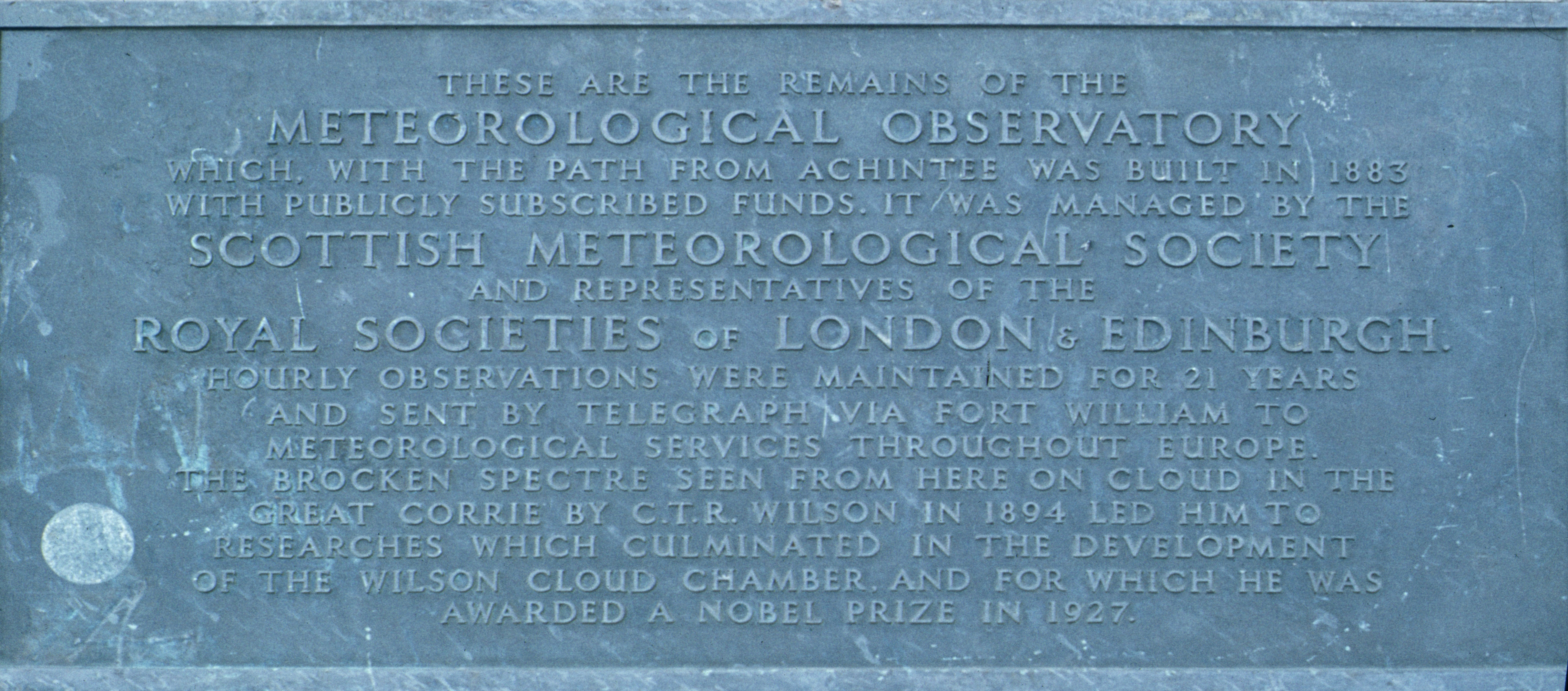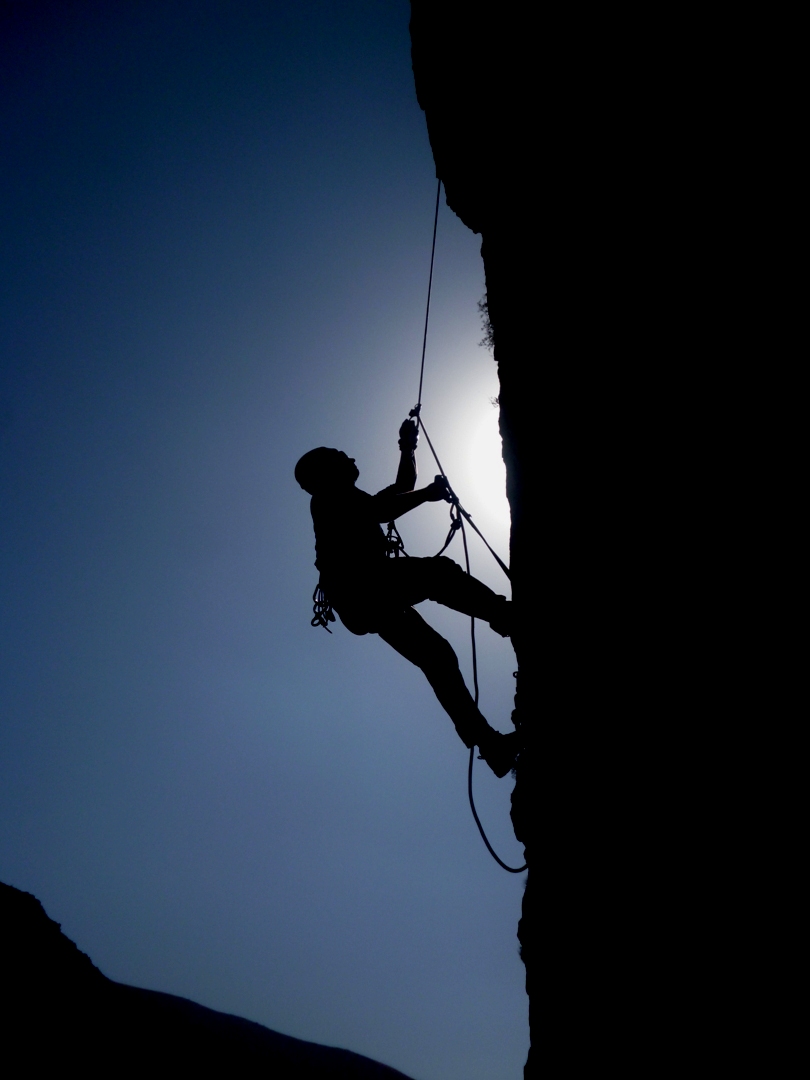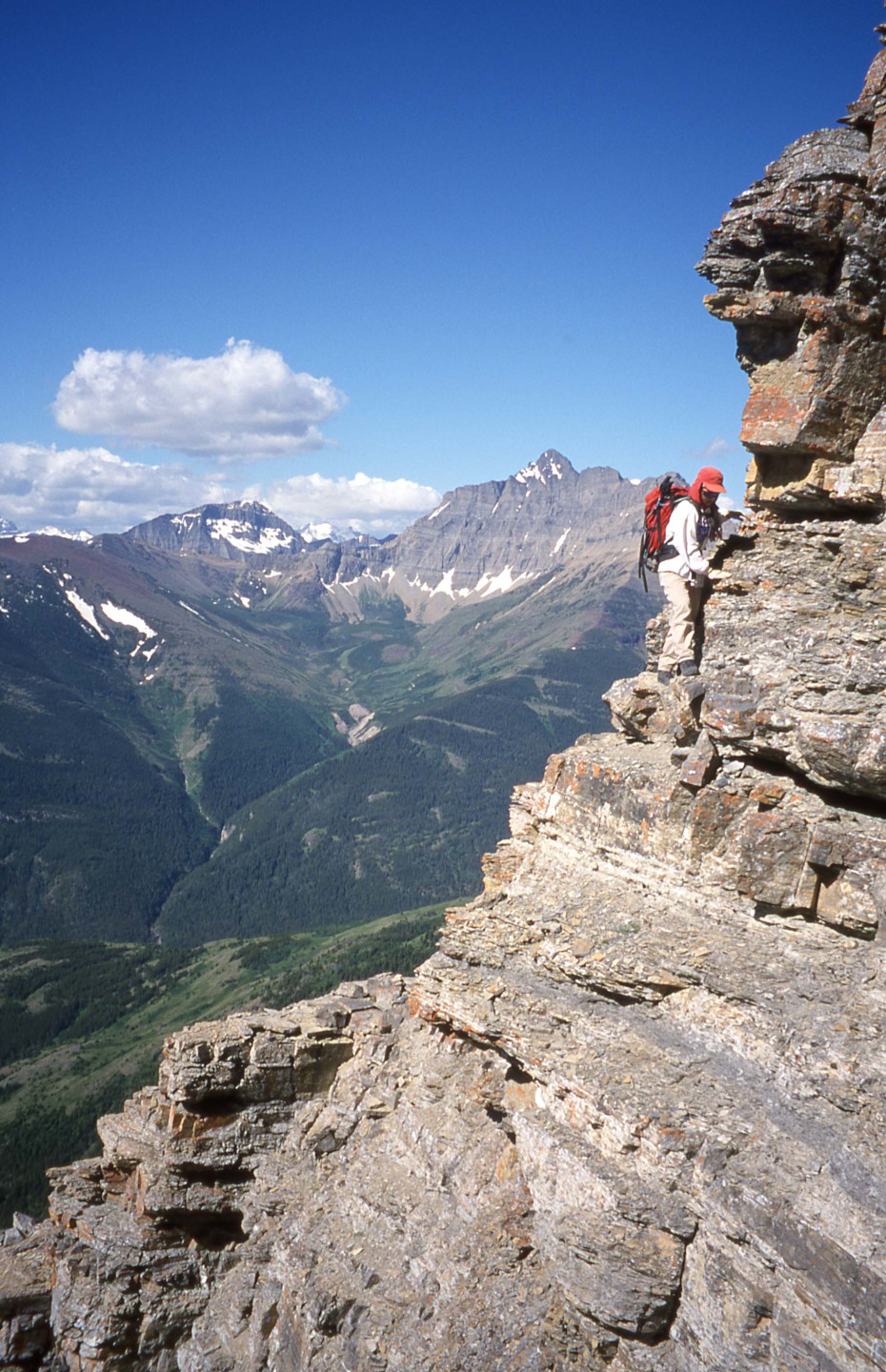|
National Three Peak Challenge
The National Three Peaks Challenge is an event in which participants attempt to climb the highest mountains of England, Scotland and Wales within 24 hours. It is frequently used to raise money for charitable organisations. Walkers climb each peak in turn, and are driven from the foot of one mountain to the next. The three peaks are: * Ben Nevis / ' (), the highest mountain in Scotland * Scafell Pike (), the highest mountain in England *Snowdon / ' (), the highest mountain in Wales The total distance walked is estimated at Lawrence & Sparshatt (2010) or , Turnbull (2007), p. 26. with a total ascent of . Turnbull (2007), p. 27. Ben Nevis Ben Nevis ( gd, Beinn Nibheis) is the highest mountain in the British Isles. It is located at the western end of the Grampian Mountains in the Lochaber area of the Scottish Highlands, close to the town of Fort William. It attracts an estimated 100,000 ascents a year, around three-quarters of which are made using the Pony Track from Gle ... [...More Info...] [...Related Items...] OR: [Wikipedia] [Google] [Baidu] |
United Kingdom
The United Kingdom of Great Britain and Northern Ireland, commonly known as the United Kingdom (UK) or Britain, is a country in Europe, off the north-western coast of the continental mainland. It comprises England, Scotland, Wales and Northern Ireland. The United Kingdom includes the island of Great Britain, the north-eastern part of the island of Ireland, and many smaller islands within the British Isles. Northern Ireland shares a land border with the Republic of Ireland; otherwise, the United Kingdom is surrounded by the Atlantic Ocean, the North Sea, the English Channel, the Celtic Sea and the Irish Sea. The total area of the United Kingdom is , with an estimated 2020 population of more than 67 million people. The United Kingdom has evolved from a series of annexations, unions and separations of constituent countries over several hundred years. The Treaty of Union between the Kingdom of England (which included Wales, annexed in 1542) and the Kingdom of Scotland in 170 ... [...More Info...] [...Related Items...] OR: [Wikipedia] [Google] [Baidu] |
Fort William, Highland
Fort William ( gd, An Gearasdan ; "The Garrison") formerly ( gd, Baile Mairi) and ( gd, Gearasdan dubh Inbhir-Lochaidh) (Lit. "The Black Garrison of Inverlochy"), ( sco, The Fort), formerly ( sco, Maryburgh) is a town in Lochaber in the Scottish Highlands, located on the eastern shore of Loch Linnhe. At the 2011 census, Fort William had a population of 10,459, making it the second largest settlement in both the Highland council area, and the whole of the Scottish Highlands; only the city of Inverness has a larger population. Fort William is a major tourist centre on the Road to the Isles, with Glen Coe just to the south, to the east, and Glenfinnan to the west. It is a centre for hillwalking and climbing due to its proximity to Ben Nevis and many other Munro mountains. It is also known for its nearby downhill mountain bike track. It is the start/end of both the West Highland Way (Milngavie – Fort William) and the Great Glen Way (a walk/cycle way Fort William–Inverness). ... [...More Info...] [...Related Items...] OR: [Wikipedia] [Google] [Baidu] |
Lake District National Park
The Lake District National Park is a national park in North West England that includes all of the central Lake District, though the town of Kendal, some coastal areas, and the Lakeland Peninsulas are outside the park boundary. The area was designated a national park on 9 May 1951 (less than a month after the first UK national park designation — the Peak District). It retained its original boundaries until 2016 when it was extended by 3% in the direction of the Yorkshire Dales National Park to incorporate areas such as land of high landscape value in the Lune Valley. It is the most visited national park in the United Kingdom with 16.4 million visitors per year and more than 24 million visitor-days per year, the largest of the thirteen national parks in England and Wales, and the second largest in the UK after the Cairngorms National Park. Its aim is to protect the landscape by restricting unwelcome change by industry or commerce. Most of the land in the park is in pr ... [...More Info...] [...Related Items...] OR: [Wikipedia] [Google] [Baidu] |
Nobel
Nobel often refers to: *Nobel Prize, awarded annually since 1901, from the bequest of Swedish inventor Alfred Nobel Nobel may also refer to: Companies *AkzoNobel, the result of the merger between Akzo and Nobel Industries in 1994 *Branobel, or The Petroleum Production Company Nobel Brothers, Limited, an oil industry cofounded by Ludvig and Robert Nobel *Dynamit Nobel, a German chemical and weapons company founded in 1865 by Alfred Nobel *Nobel Biocare, a bio-tech company, formerly a subsidiary of Nobel Industries *Nobel Enterprises, a UK chemicals company founded by Alfred Nobel *NobelTel, a telecommunications company founded in 1998 by Thomas Knobel Geography *Nobel (crater), a crater on the far side of the Moon. * Nobel, Ontario, a village located in Ontario, Canada. *6032 Nobel, a main-belt asteroid Other uses *The Nobel family, a prominent Swedish and Russian family *Nobel (automobile) a licence-built version of the German Fuldamobil, manufactured in the UK and Chile * ''N ... [...More Info...] [...Related Items...] OR: [Wikipedia] [Google] [Baidu] |
Nobel Prize In Physics
) , image = Nobel Prize.png , alt = A golden medallion with an embossed image of a bearded man facing left in profile. To the left of the man is the text "ALFR•" then "NOBEL", and on the right, the text (smaller) "NAT•" then "MDCCCXXXIII" above, followed by (smaller) "OB•" then "MDCCCXCVI" below. , awarded_for = Outstanding contributions for humankind in the field of Physics , presenter = Royal Swedish Academy of Sciences , location = Stockholm, Sweden , date = , reward = 9 million Swedish kronor (2017) , year = 1901 , holder_label = Most recently awarded to , holder = Alain Aspect, John Clauser, and Anton Zeilinger , most_awards = John Bardeen (2) , website nobelprize.org, previous = 2021 , year2=2022, main=2022, next=2023 The Nobel Prize in Physics is a yearly award given by the Royal Swedish Academy of Sciences for those who have made the most outstanding contributions for humankind in the field of physics. It ... [...More Info...] [...Related Items...] OR: [Wikipedia] [Google] [Baidu] |
Cloud Chamber
A cloud chamber, also known as a Wilson cloud chamber, is a particle detector used for visualizing the passage of ionizing radiation. A cloud chamber consists of a sealed environment containing a supersaturated vapour of water or alcohol. An energetic charged particle (for example, an alpha or beta particle) interacts with the gaseous mixture by knocking electrons off gas molecules via electrostatic forces during collisions, resulting in a trail of ionized gas particles. The resulting ions act as condensation centers around which a mist-like trail of small droplets form if the gas mixture is at the point of condensation. These droplets are visible as a "cloud" track that persists for several seconds while the droplets fall through the vapor. These tracks have characteristic shapes. For example, an alpha particle track is thick and straight, while a beta particle track is wispy and shows more evidence of deflections by collisions. Cloud chambers were invented in the ear ... [...More Info...] [...Related Items...] OR: [Wikipedia] [Google] [Baidu] |
Charles Thomson Rees Wilson
Charles Thomson Rees Wilson, (14 February 1869 – 15 November 1959) was a Scottish physicist and meteorologist who won the Nobel Prize in Physics for his invention of the cloud chamber. Education and early life Wilson was born in the parish of Glencorse, Midlothian to Annie Clark Harper and John Wilson, a sheep farmer. After his father died in 1873, he moved with his family to Manchester. With financial support from his step-brother he studied biology at Owens College, now the University of Manchester, with the intent of becoming a doctor. In 1887, he graduated from the College with a Bachelor of Science, BSc. He won a scholarship to attend Sidney Sussex College, Cambridge, where he became interested in physics and chemistry. In 1892 he received 1st class honours in both parts of the Natural Sciences (Cambridge), Natural Science Tripos. Career He became particularly interested in meteorology, and in 1893 he began to study clouds and their properties. Beginning in 1894, he wo ... [...More Info...] [...Related Items...] OR: [Wikipedia] [Google] [Baidu] |
Meteorology
Meteorology is a branch of the atmospheric sciences (which include atmospheric chemistry and physics) with a major focus on weather forecasting. The study of meteorology dates back millennia, though significant progress in meteorology did not begin until the 18th century. The 19th century saw modest progress in the field after weather observation networks were formed across broad regions. Prior attempts at prediction of weather depended on historical data. It was not until after the elucidation of the laws of physics, and more particularly in the latter half of the 20th century the development of the computer (allowing for the automated solution of a great many modelling equations) that significant breakthroughs in weather forecasting were achieved. An important branch of weather forecasting is marine weather forecasting as it relates to maritime and coastal safety, in which weather effects also include atmospheric interactions with large bodies of water. Meteorological pheno ... [...More Info...] [...Related Items...] OR: [Wikipedia] [Google] [Baidu] |
Observatory
An observatory is a location used for observing terrestrial, marine, or celestial events. Astronomy, climatology/meteorology, geophysical, oceanography and volcanology are examples of disciplines for which observatories have been constructed. Historically, observatories were as simple as containing an astronomical sextant (for measuring the distance between stars) or Stonehenge (which has some alignments on astronomical phenomena). Astronomical observatories Astronomical observatories are mainly divided into four categories: space-based, airborne, ground-based, and underground-based. Ground-based observatories Ground-based observatories, located on the surface of Earth, are used to make observations in the radio and visible light portions of the electromagnetic spectrum. Most optical telescopes are housed within a dome or similar structure, to protect the delicate instruments from the elements. Telescope domes have a slit or other opening in the roof that can be opened during ... [...More Info...] [...Related Items...] OR: [Wikipedia] [Google] [Baidu] |
Rock Climbing
Rock climbing is a sport in which participants climb up, across, or down natural rock formations. The goal is to reach the summit of a formation or the endpoint of a usually pre-defined route without falling. Rock climbing is a physically and mentally demanding sport, one that often tests a climber's strength, endurance, agility and balance along with mental control. Knowledge of proper climbing techniques and the use of specialized climbing equipment is crucial for the safe completion of routes. Because of the wide range and variety of rock formations around the world, rock climbing has been separated into several different styles and sub-disciplines, such as scrambling, bouldering, sport climbing, and trad (traditional) climbing another activity involving the scaling of hills and similar formations, differentiated by the rock climber's sustained use of hands to support their body weight as well as to provide balance. Rock climbing competitions have the objectives of either ... [...More Info...] [...Related Items...] OR: [Wikipedia] [Google] [Baidu] |
Scrambling
Scrambling is a mountaineering term for ascending steep terrain using one's hands to assist in holds and balance.''New Oxford American Dictionary''. It is also used to describe terrain that falls between hiking and rock climbing (as a “scramble”). Sure-footedness and a head for heights are essential. Canyoning and stream climbing are other types of scrambling. Overview Scrambling is ascending or traversing a grade without technical apparatus. Unroped ascent in exposed situations is potentially one of the most dangerous of mountaineering activities. As soon as an ascent involves a rope, going up or down, it is no longer a scramble. Alpine scrambling Alpine scrambling is scrambling in high mountains and may not follow a defined or waymarked path. The Seattle Mountaineers climbing organization defines alpine scrambling as follows: Alpine Scrambles are off-trail trips, often on snow or rock, with a 'non-technical' summit as a destination. A non-technical summit is one ... [...More Info...] [...Related Items...] OR: [Wikipedia] [Google] [Baidu] |



.jpg)





